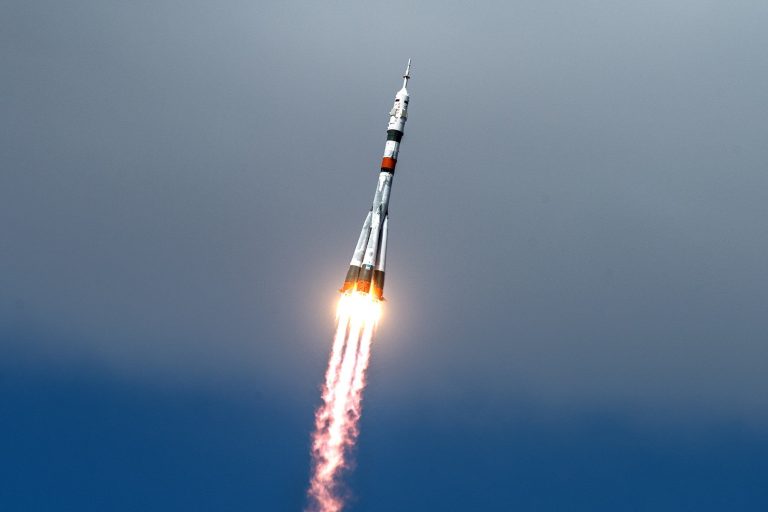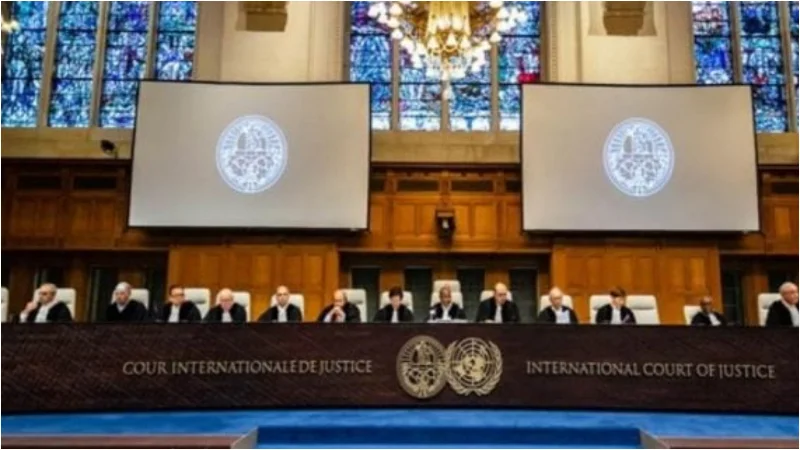Record-breaking Mark Vande Hei, a NASA astronaut, is scheduled to return to Earth from the International Space Station on Wednesday aboard a Russian Soyuz rocket with two Russian astronauts. Mr Vande Hei’s return has been a point of contention in recent weeks, as ties between Russia and the US have soured following the invasion of Ukraine. Mr Vande Hei’s stay on the ISS was extended in September to accommodate a small group of visiting tourists and Russian film crews who were sent into orbit at the end of last year.
Earlier this month, RIA Novosti, a Russian official television, released a spoof film showing Mr Vande Hei’s Russian colleagues abandoning him on the ISS.
Following RIA Novosti’s description of the video as a prank, Russia categorically dismissed the notion, stating that all three will return on March 30 as scheduled.
Mr Vande Hei and his team boarded the Soyuz about 5 a.m. on Wednesday, with a departure time of 8:20 a.m.
With almost 1,900 flights since its debut in 1966, the Soyuz is the most frequently utilised launch vehicle in the world as of last year.
The Soyuz was created for the Soviet space programme in the 1960s and served as the only way of transporting personnel to and from the International Space Station between 2011 and 2020.
Russia launched a top-secret espionage mission aboard a Soyuz rocket earlier this year.
The Soyuz-2.1a rocket took out from the Plesetsk Cosmodrome at 7 a.m. on February 5.
Plesetsk, roughly 500 miles (800 kilometres) north of Moscow, has served as a launch location for a variety of rocket types since the beginning of the space race.
The successful launch of the Soyuz was verified by US military monitoring data, which showed that it had achieved a unique orbit more than 1,200 miles (1,931 kilometres) above Earth, a height that permits it to circle the globe every 127 minutes.
The satellite was formally dubbed Kosmos 2553 by Russian officials, in accordance with Moscow’s naming procedure for military satellites.
According to the Kremlin, Kosmos 2553 is “fitted with freshly designed on-board instrumentation.”
However, beyond this, little little is known.
Because of the mission’s classified nature, Everyday Astronaut writes that it “cannot be defined” where the satellite travelled, and nothing is known about the satellite’s attributes other than the minimal information supplied by Russia’s defence ministry.
According to Spaceflight Now, researchers believe Kosmos 2553 might be a Russian military imaging satellite, which is especially relevant considering Putin’s invasion of Ukraine less than three weeks after the rocket launched.
It was thought to be the first of a new series of radar surveillance satellites known as Neitron.
Radar satellites can capture all-weather satellite photos at any time of day or night.
Neitron was supposed to launch in late 2018, but it was postponed owing to technical concerns, according to reports.
In recent years, Russian forces have launched a number of new satellites, notably the Pion-NKS and Lotos satellites, which are capable of intercepting radio broadcasts and assisting Russian intelligence in locating foreign marine activity, including naval troops.
Officials in the United States think that Russian military spacecraft have tested anti-satellite capabilities in orbit.
However, Russia’s invasion of Ukraine has dealt a crushing blow to the country’s space ambitions.
Dmitry Rogozin, Moscow’s space commander, stated earlier this month that his nation will “lose many years” in its attempt to land a rover on Mars after the European Space Agency halted collaboration with Russia on its future ExoMars mission.
Concerns have also been raised concerning the ISS’s long-term safety, given that Russia controls key critical components of the space station’s propulsion control systems, which keep it from being drawn into the Earth’s atmosphere and eventually burning up.
Despite lingering fears, the ISS crew demonstrated solidarity this week in advance of the Soyuz’s expected return on Wednesday.




















